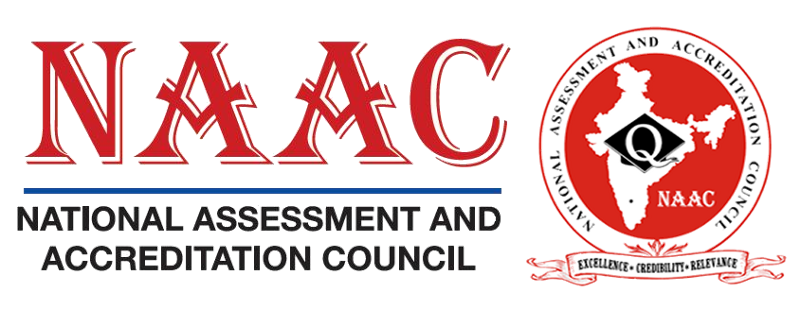
Science, Technology and Innovation Policy 2020, released in draft form, recognizes that for India to achieve sustainable development, economic growth and self-sufficiency, human development and social inclusion will be key drivers. It explicitly acknowledges that practice of STEM disciplines has inequitable representation in terms of gender, social, regional and economic diversity. It gives impetus to mainstreaming of equity and inclusion and provides specific recommendations for institutionalizing Equity & Inclusion (E&I) within the STI ecosystem.
STIP 2020 envisages development of an India-centric E&I Charter and institutional mechanisms for creating an inclusive culture, addressing all forms of discrimination, exclusions and inequalities based on gender, caste, class, religion, region, socio-economic background, language and disability. It recommends adding E&I focus on all existing as well as future STI policies and processes; encouraging research on these issues; collecting statistical data to determine representation gaps; identifying barriers and challenges; developing appropriate assessment frameworks, indicators and instruments; carrying out regular social and gender audits; developing policy interventions, structural and institutional mechanisms for participation, promotion, retention and incentivization of excluded and marginalized groups, particularly the vulnerable sections of society. Emphasis is also on creating regulatory frameworks for dealing with cases of discrimination and harassment in any form with effective grievance redressal. E&I specifically promotes inclusion of persons with disability and LGBTQ+ community, the need to safeguard rights and to promote their representation and retention in STI domains. All this mandates developing orientation, training and sensitization programmes on E&I to overcome prevalent bias and create an inclusive culture. To meet these objectives, transdisciplinary collaboration between gender studies, science policy and scientists is encouraged.
STIP 2020 reiterates the suggestions made in several earlier policy documents for providing equal opportunity to women in STEMM domains in academic and research institutions. Generating interest in STEMM domains from early years is emphasized. For this purpose, it is suggested that outreach initiatives and mentorship programmes be scaled up. To overcome glaring gender gap at all levels, the policy recommends there should be proportionate representation of women – at least 30% of the total strength – in all decision-making bodies including selection/evaluation committees. Managing career breaks, recruitment, retention, promotion and progression along the pipeline are major concerns. This entails addressing age related impediments by considering academic/professional age rather than biological age for meeting eligibility criterion for professional mileposts such as fellowships, recruitment, research grants, awards, etc. STIP recommends gender-neutral dual hiring policies that do not discriminate women but facilitate couples to build careers together. Moving up the ladder, opportunities have to be provided to experienced and talented women scientists to attain leadership positions in research as well as science administration. Taking cognizance of societal needs and family responsibilities that adversely impact women’s career progression, the policy advocates flexible work timings; adequate gender-neutral parental and child care leave; enhancement of child care facilities at the workplace; and facilitation for elderly care
The GATI Charter is closely aligned with the mandate of STIP 2020. Participation in GATI initiative is expected to usher institutional transformation as envisioned in STIP 2020.
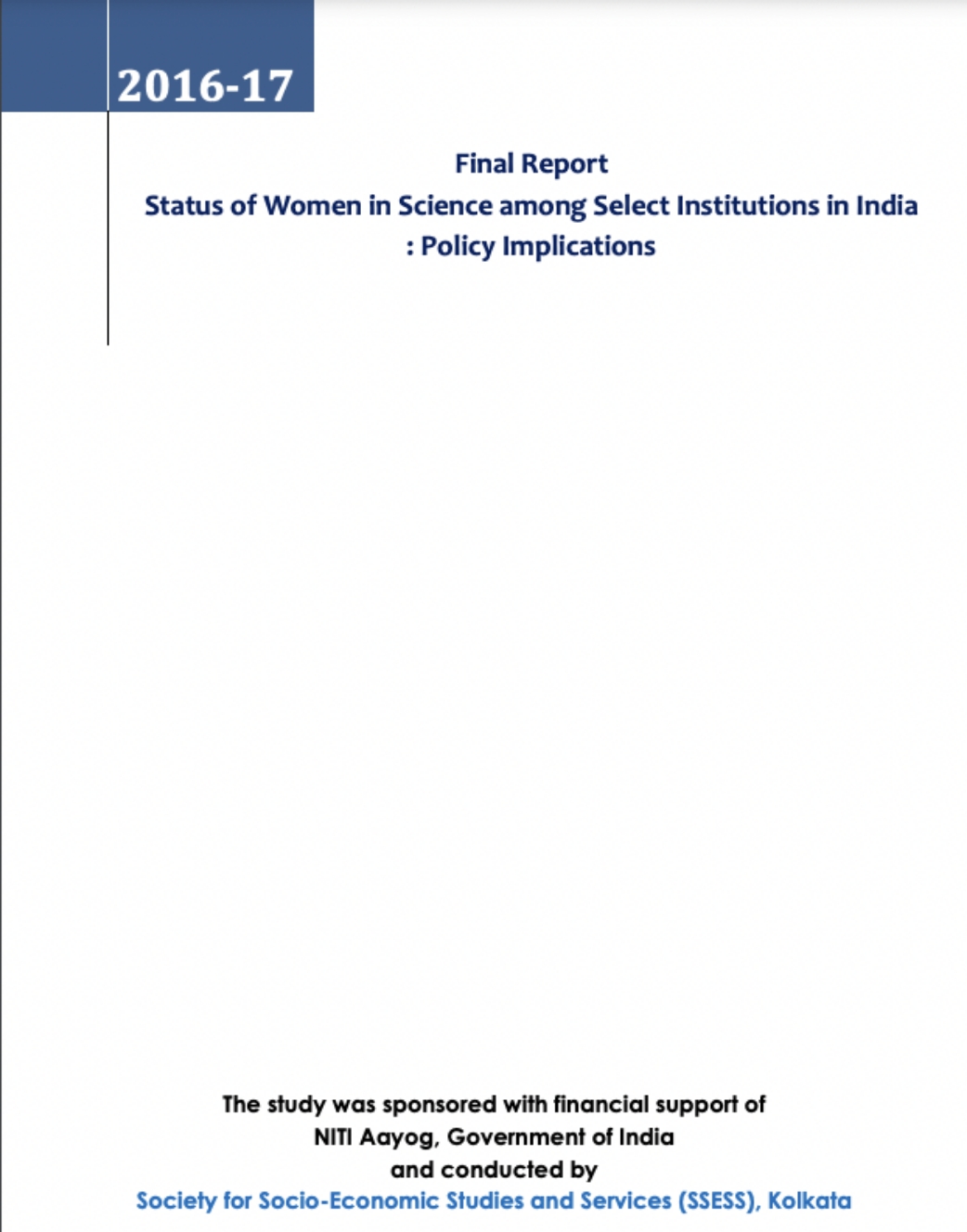
The report focuses on highly qualified women in science disciplines who face impediments in pursuing career in Science. Based on an All India Survey, it uncovers the intensity of problems related to entry and retention, career aspirations, employment, break in education and career, wellbeing; and discusses best practices in these contexts. From the insights derived from the survey, the report offers policy recommendations
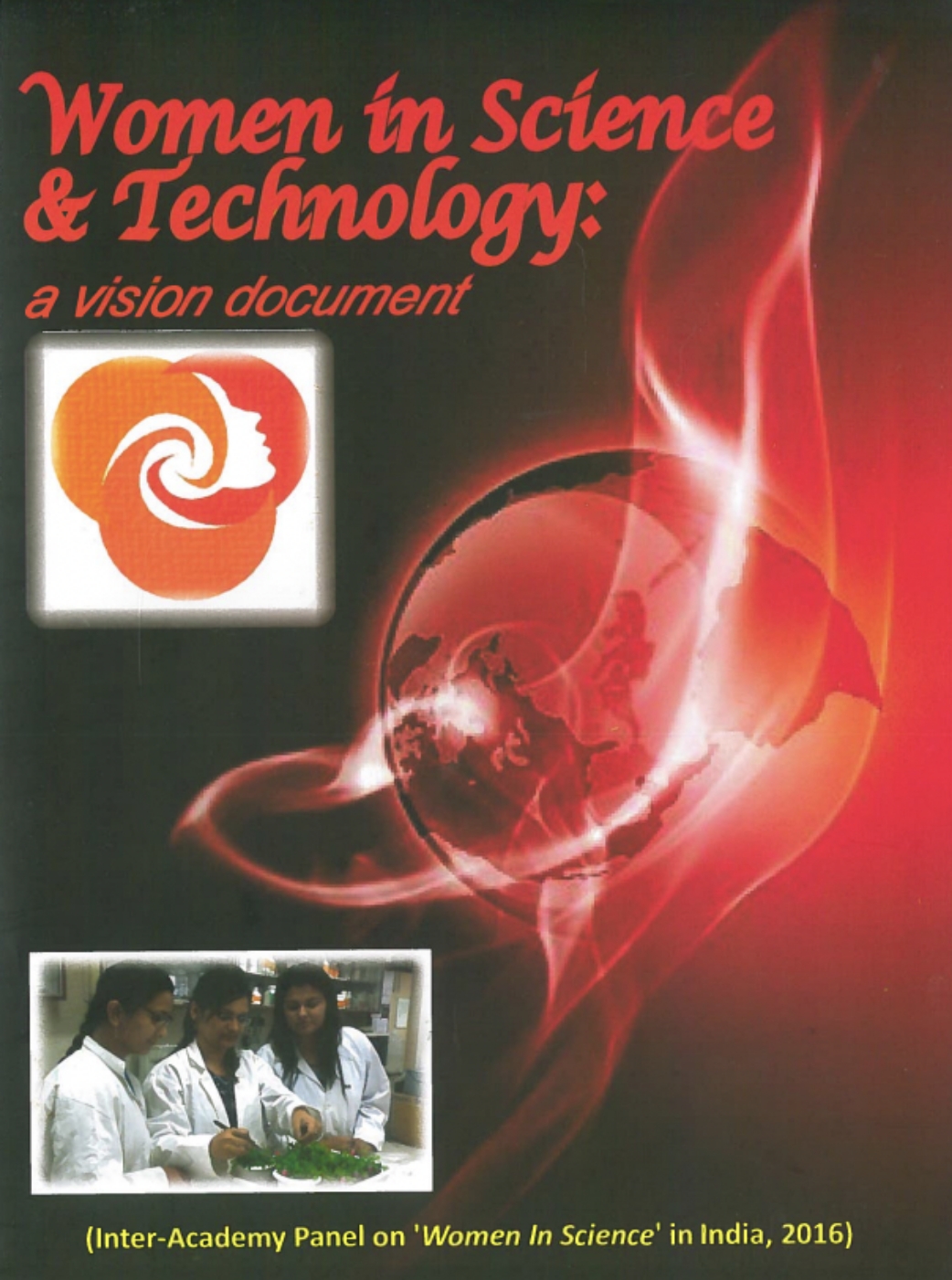
The report draws upon the existing statistics and government initiatives to identify gaps and areas of future interventions. It emphasizes the need for gender audits and maintenance of gender disaggregated data in institutions. It further stresses decentralization of information, increased representation of women in decision making bodies. Creation of supportive environment through improved infrastructure and harassment free workplace is deemed important. Notably, the report suggests commissioning of studies and surveys; and creation of database of women practicing science.
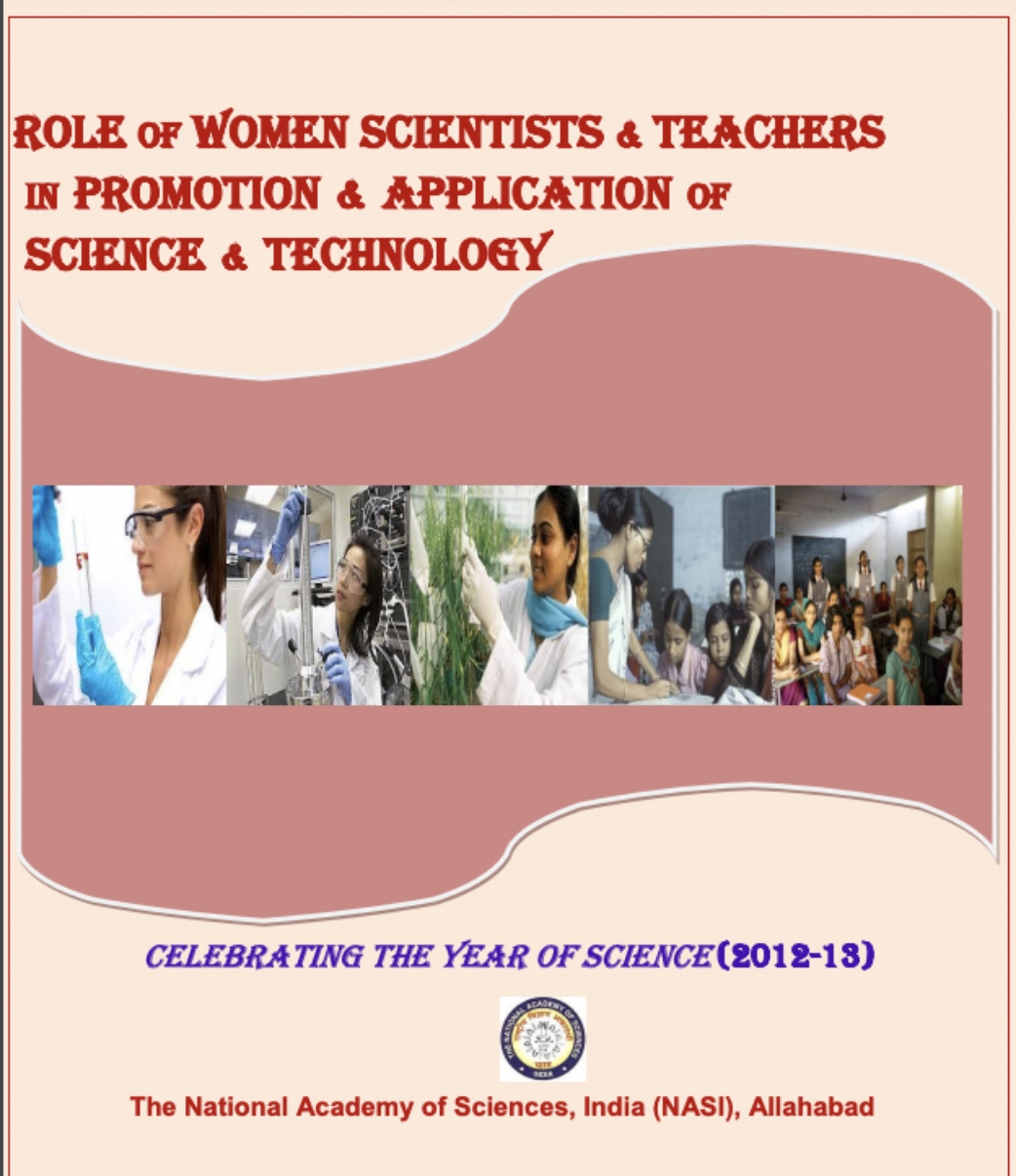
The report commemorated the Year of Science 2012-2013. It is based on a series of workshops conducted across the country engaging students, researchers, housewives and women from rural areas. The workshops sensitized the participants towards usage of science and technology and its implementation in improving quality of life, empowerment and overall sustainable practices. The report offered various recommendations in the areas of education, capacity building, entrepreneurship, awareness and sensitization, and for development and advancement of women researchers and scientists.
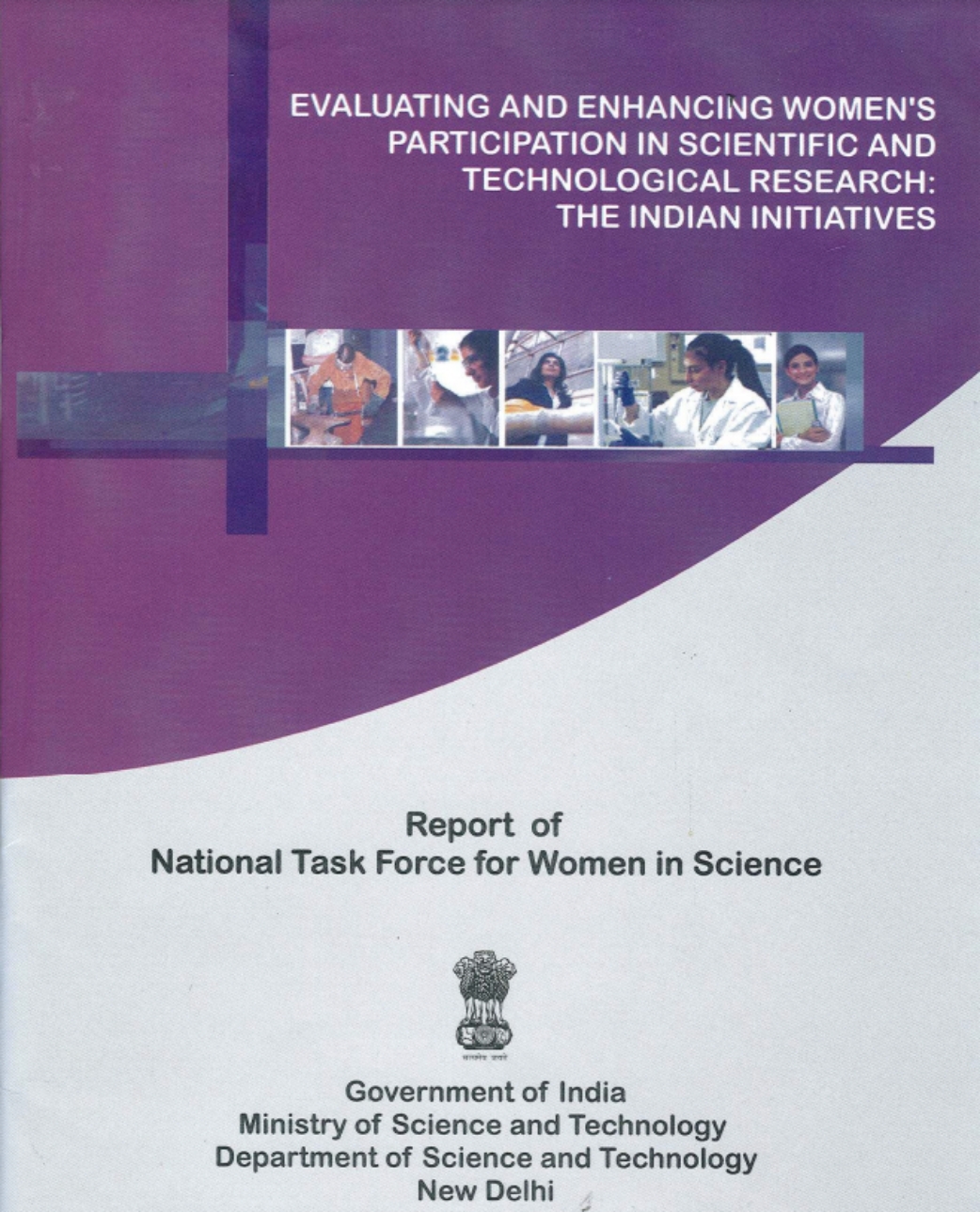
The task force was constituted to guide government policies for enhancing participation of women in STEMM domains. Widespread interaction and consultations were held by the task force members with women scientists, students, teachers and those engaged in policy making. It provided comprehensive insights and recommendations which cover wide range of areas including support and mentorship for girls in schools, transparent recruitment, enhancing women representation in leadership, career advancement, provisions for flexible work, etc. It also stresses upon gender sensitivity in curriculum, entrepreneurship, special schemes for remote areas, and gender vertical in funding agencies.
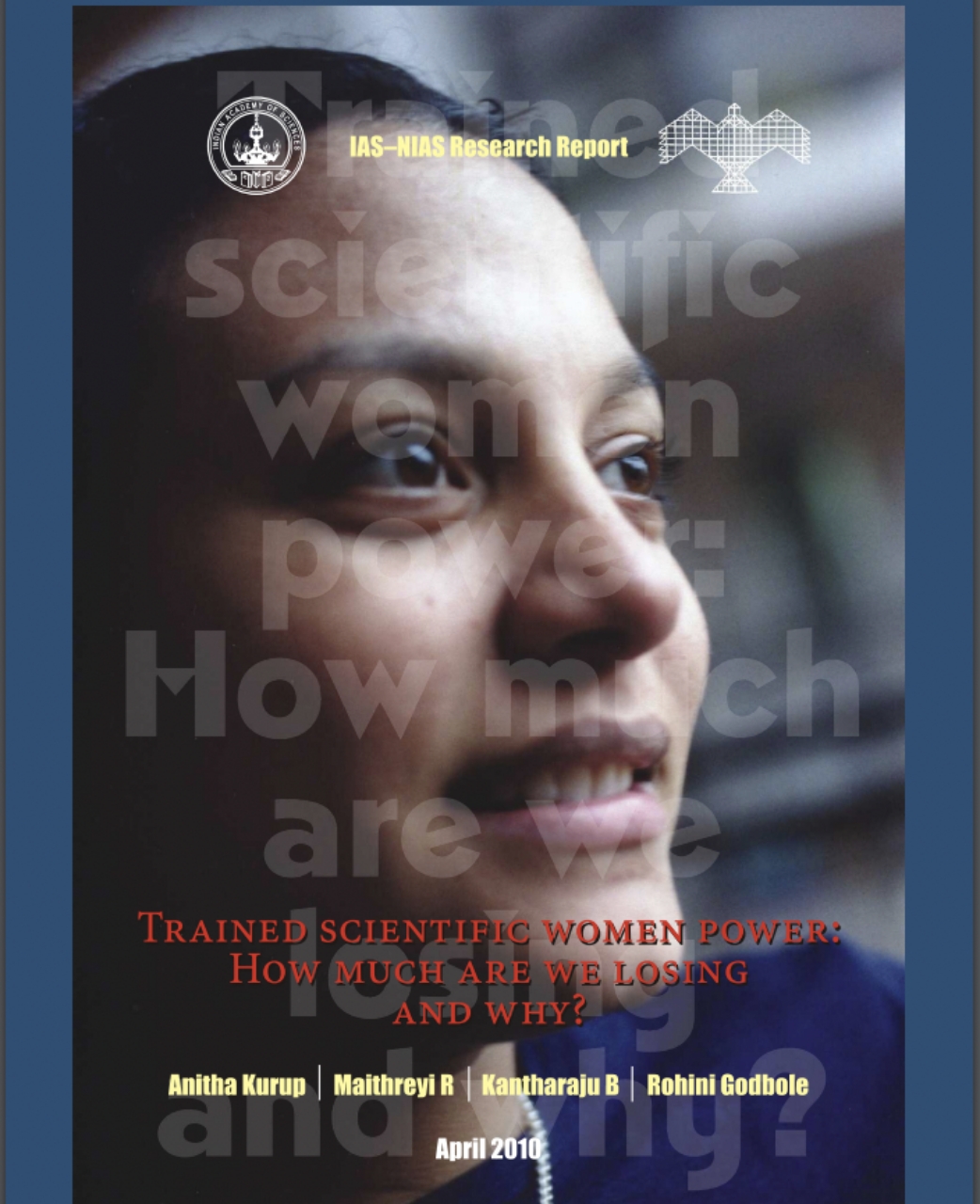
The report looked into the causes of dropping out of trained women scientists from the workforce. Based on the results of an all India survey, it put forth various recommendations in the spheres of policy, organization and infrastructure. Notable suggestions included initiating structured mentorship programmes, flexible work timings, increasing opportunities for networking and collaboration and provisions for work life balance. Emphasis was also laid on maintenance of gender disaggregated data, time-bound recruitment; transparency in selection and at least one third of members in recruitment and selection committees to be women. Long term engagement of candidates joining through reentry schemes and enhancing opportunities for dual career employment were stressed upon.
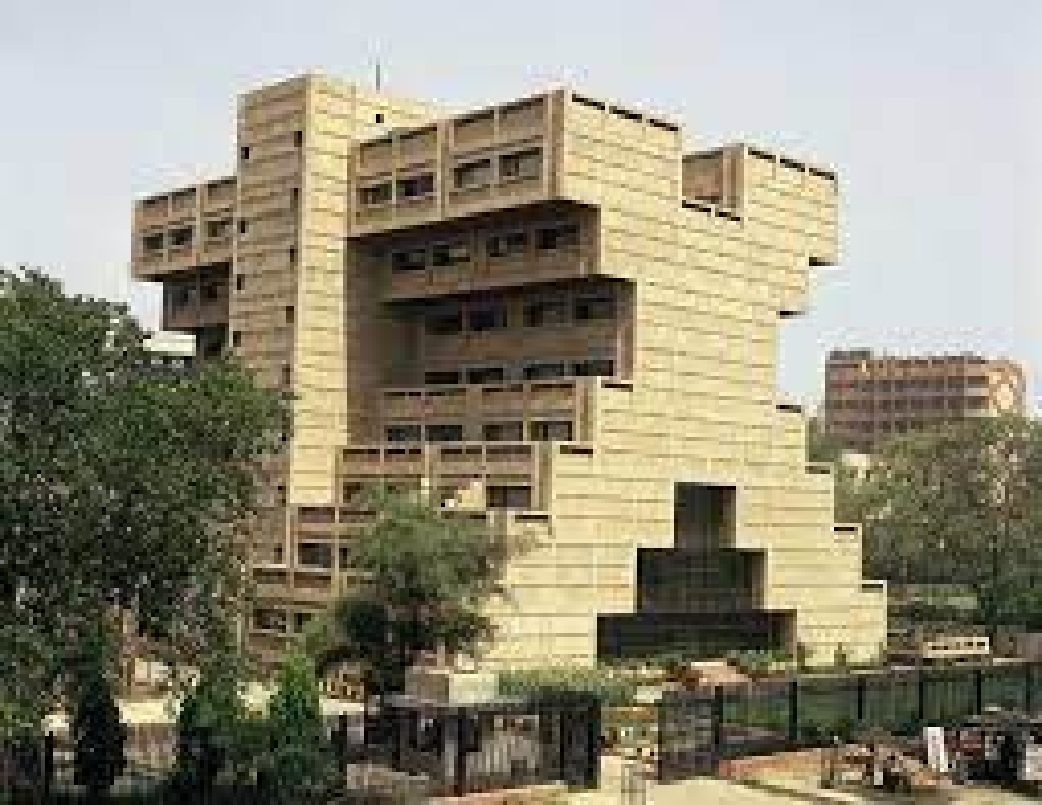
The report engaged with the issues concerning women studying science in India. Recommendations focused on how to encourage women to take up science and enhance retention in scientific career. These covered the dimensions of scholarships, age of eligibility in recruitment, dual career policies, career breaks, flexible work and work-life balance. It highlighted representation of women in leadership and decision making positions as essential aspects of career progression. Visibility of role models was emphasized. The report also paid attention to the issues of infrastructure and sexual harassment in institutions. The need of gender neutrality in illustrated science textbooks was pointed out.
